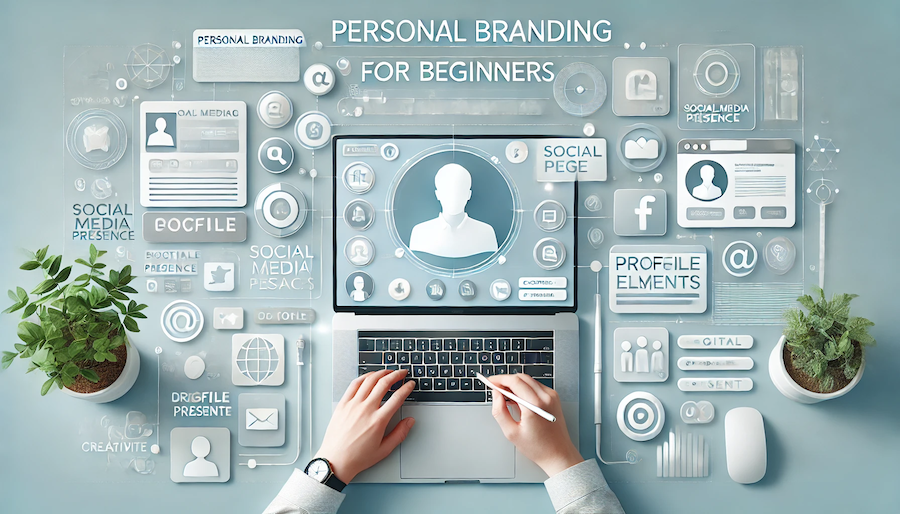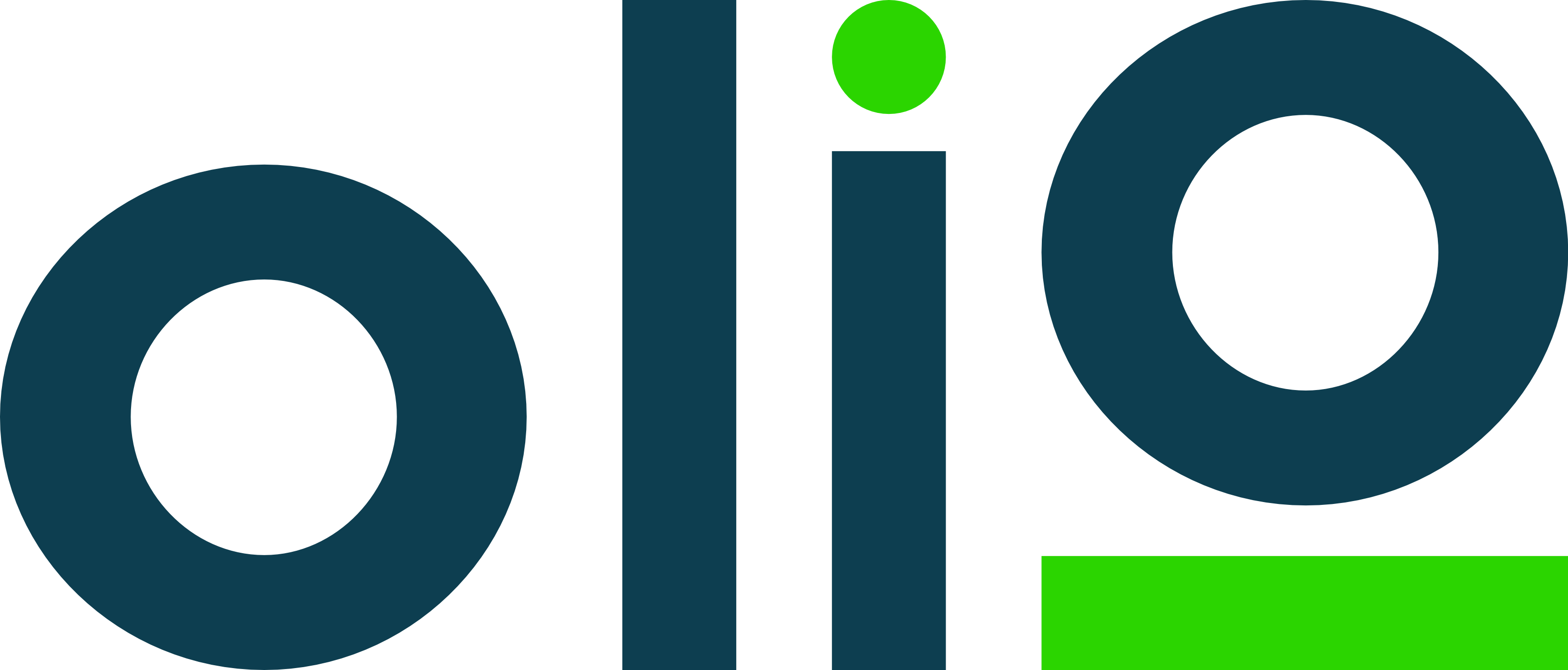
In today's digital world, personal branding is more important than ever. Whether you're a freelancer, entrepreneur, or simply someone looking to stand out in your industry, a well-crafted personal brand can make all the difference. But where do you begin? This guide will walk you through the steps to start building a personal brand that represents your unique skills, passions, and goals.
1. Define Your Unique Value Proposition (UVP)
At the heart of personal branding is your Unique Value Proposition (UVP). This is the statement that sets you apart from others in your field. It's about what makes you, you--your strengths, passions, and the unique skills you bring to the table.
To start defining your UVP, take some time to reflect on your experiences, expertise, and what you enjoy most about your work. Ask yourself, "What do I do better than anyone else?" Once you have a clear understanding, craft a concise statement that encapsulates the value you offer.
For example:
"I help small businesses create targeted digital marketing campaigns that drive engagement and boost sales."
2. Craft Your Personal Brand Message
Your personal brand message is how you communicate your UVP to the world. This message should be consistent across all platforms, whether it's your website, social media profiles, or networking events. Start by creating a compelling bio that highlights your skills, experiences, and what you aim to achieve.
Think of your bio as a brief introduction that gives people a reason to want to know more about you. It should include:
- Your mission and goals
- Unique skills or services you offer
- A link to your most important work or portfolio
3. Choose a Central Platform for Your Online Presence
When building a personal brand, having a central platform where people can find all your important information is crucial. This is where a minimalist, easy-to-navigate landing page can be extremely helpful.
Platforms like Olio.am allow you to create a professional landing page where you can showcase your bio, links, portfolio, and social media profiles. This landing page acts as your digital business card, providing potential employers, collaborators, or followers with a quick way to understand who you are and what you offer.
Make sure to include:
- A professional photo
- A short bio
- Links to your social media, projects, or portfolio
4. Design a Cohesive Visual Identity
Your personal brand isn't just about what you say; it's also about how you present yourself visually. Having a cohesive visual identit--consistent colors, fonts, and imagery across your website and social media profiles--creates a strong, recognizable brand presence.
To design your visual identity, choose 2-3 brand colors that represent your personality and style. Stick to the same fonts for your logo, website, and social media posts. Free tools like Canva make it easy to create custom logos and banners that match your brand's aesthetic.
Pro Tip: Keep it simple and choose 2-3 brand colors for consistency.
5. Build and Optimize Your Social Media Profiles
Social media is one of the most powerful tools for growing your personal brand. Whether you're on LinkedIn, Instagram, or Twitter, make sure your profiles are consistent with your overall brand message. Use the same profile picture and bio across all platforms to reinforce your identity.
Your link-in-bio is particularly important. It can direct followers to your Olio.am page, where they can access your portfolio, projects, and contact information. This centralizes all your important links and streamlines communication with your audience.
For your social media bio, include:
- A brief personal brand statement
- A call to action (e.g., "Check out my latest project!")
- A link to your landing page or key content
6. Create and Share Valuable Content
Creating and sharing valuable content is one of the best ways to showcase your expertise and build credibility. Whether you write blog posts, produce video tutorials, or design infographics, the content you share should align with your brand and offer value to your audience.
Content ideas:
- Blog posts about recent projects or industry trends
- Video tutorials that demonstrate your skills
- Infographics with helpful tips or data
7. Monitor and Adapt Your Brand
Finally, remember that personal branding is an ongoing process. As you grow and evolve, your brand will likely need updates. Use analytics tools to track the performance of your content and adjust your strategy based on what works best.
For example, if your audience responds more to your blog posts than your videos, you might want to focus more on writing. Additionally, make sure to regularly update your Olio.am profile and social media bios to reflect any new achievements, goals, or skills.
Conclusion
Building a personal brand takes time, but by following these steps, you can create a strong, consistent presence that reflects who you are and what you have to offer. Stay authentic to yourself, maintain consistency across all platforms, and continue evolving as your personal and professional goals grow.
